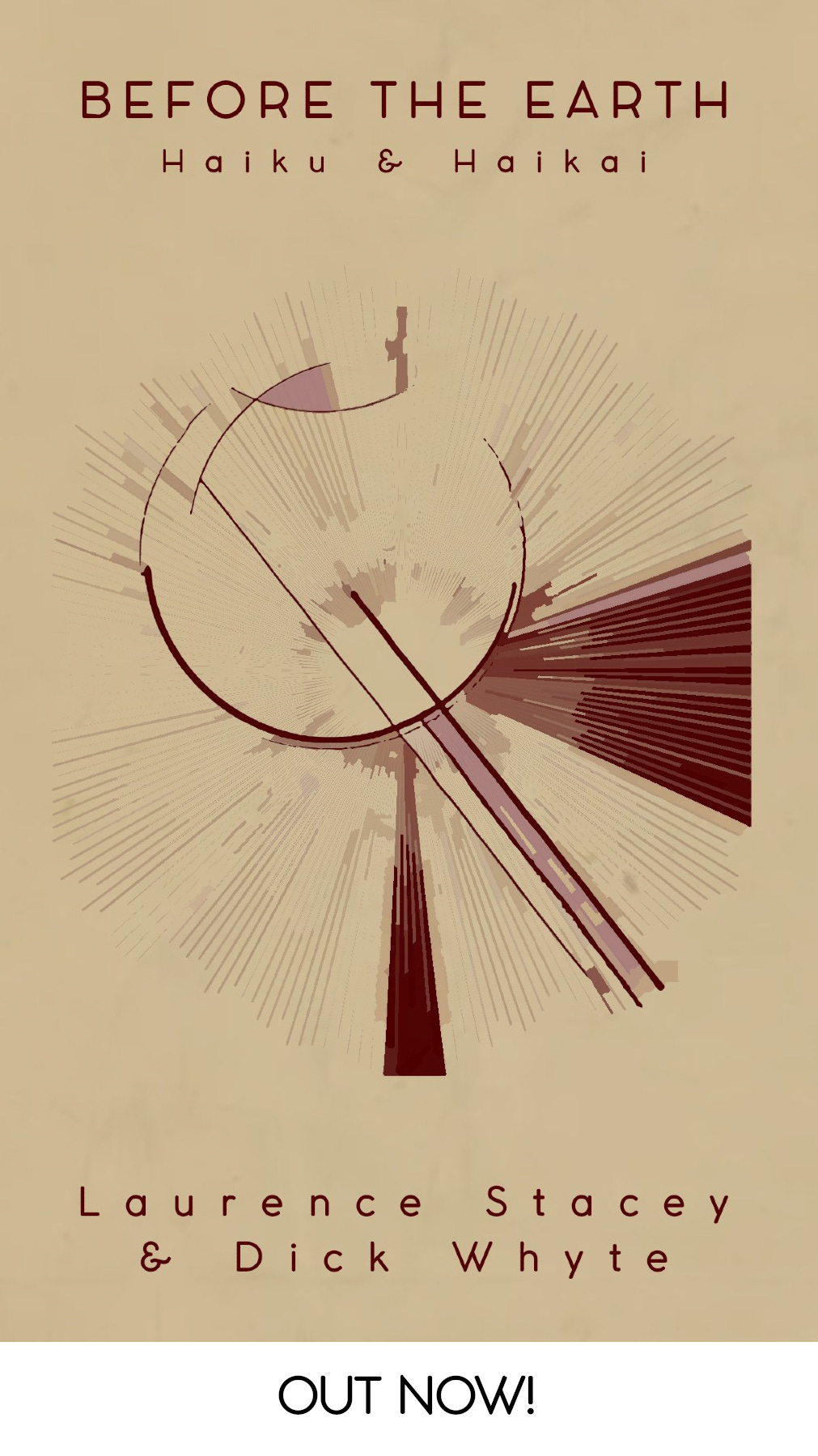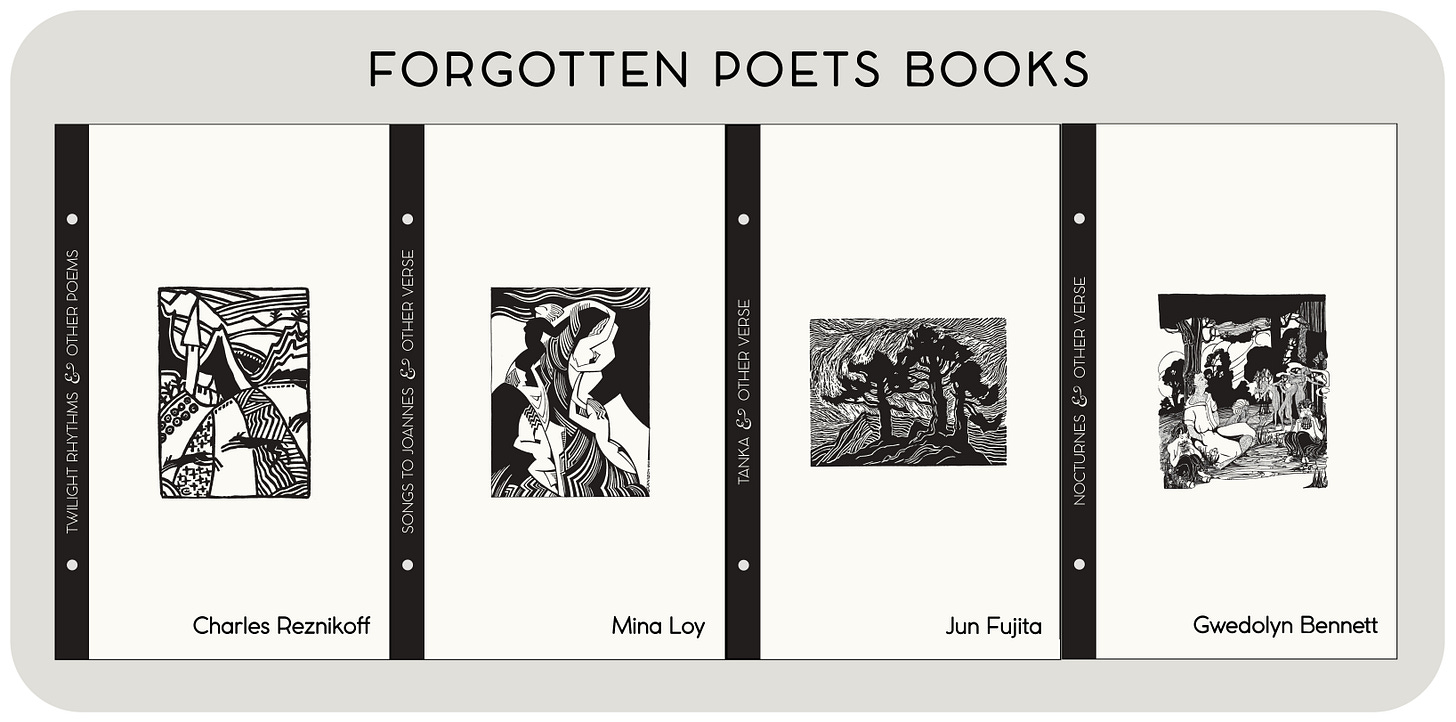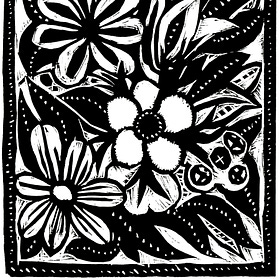—: Old Burying Ground :— A thin gray stone crumbling and worn leans over a rectangle of daisies and tall grass. “Orena Consort of.................. Born Ap...... ..2, 1798 D..... …........1845 May her sou. r...... in peace.” An aspen drips thin yellow leaves From somewhere above comes the shrill piping of a mocking bird.
M.R. Lowe (p. 1928) studied at the University of Nebraska-Lincoln, and published this poem in the Prairie Schooner, the school’s literary magazine, edited by Maurice Johnson. Other poets appearing in the journal included Chou Han, who’s work was featured in Forgotten Poets last year, and Marion Edward Stanley, who went on to publish in Poetry magazine, and interview numerous well-known poets, including William Butler Yeats and Carl Sandburg.
The only poem I know by Lowe: If you find more, please let me know!
Like Emily Holmes Coleman’s “Poem”, Lowe’s verse has 14-lines (as in a sonnet), and contains one of each of the 4 most common short stanza lengths used in English-language poetry at the time: the couplet (2-line stanza), tercet (3-line), quatrain (4-line), and cinquain (or quintain; 5-line).
Taken as a whole, Lowe’s poem also divides neatly into two halves, with an abrupt “cut” between stanzas 2 and 3. We are not told why these fragments are placed next to one another (i.e. there is no appeal made to “meaning”). Instead we must explore the possibilities found in the gaps and silences between them (i.e. “mending”). Each half also has its own internal “cut” producing further layers: the description of the gravestone cut against the fragmented inscription, the aspen cut against the mockingbird.
In particular, the second-half makes for a striking standalone verse, and its form is highly reminiscent of Japanese tanka, a popular influence on numerous 1910s and 20s “new” verse poets (including F.S. Flint, Edward Storer, Adelaide Crapsey, Amy Lowell, Langston Hughes, Lewis Alexander, et al.);
An aspen drips
thin yellow leaves
From somewhere above
comes the shrill piping
of a mocking bird.
Compare this to one of W.G. Aston’s tanka translations, popular among “new” poets, from the late-1890s;
Among The hills the snow still lies— But the willows Where the torrents rush together Are in full bud.
In tanka, this technique is called “ku’gire” (literally: phrase-cuttings, scraps, pieces, fragments, etc.). In hokku and haiku, descendants of tanka, the same effect is achieved through the use of “kire’ji” (literally: cutting/joining-words, etc.). The impact of the poem arises from fragmentation and suggestive combination, rather than description and stated explanation . . .
for m.r. lowe by dick whyte dawn all bloody and golden, the branch how many leaves lighter now
Forgotten Poets Presents:
Forgotten Poems, a living anthology of obscure and out-of-print poetry from the late-1800s and early-1900s. Explore the archives:
Robert Alden Sanborn - 5 Short Poems (1915-1917)
—: Soul of the Lotus I :— (To Hasegawa) A white lamp, hanging— In its mouth a pink pearl of flame— Swinging by three strands of light . . . A pool beneath, Quaint and secret as mud . . .
Helen Birch Bartlett - 6 Short Poems (1917-27)
—: October in Illinois :— October— A blood-red line, Low in the western sky— Grey everywhere— Cold and clear The frozen yellow fields— Nearness and distance interchangeable— A single rabbit-hawk Rapidly and sharply Winging its way Into the twilight...
Anne Spencer - 5 Short Poems (1920-1975)
—: Dunbar (1920) :— Ah, how poets sing and die! Make one song and heaven takes it: Have one heart and beauty breaks it: Chatterton, Shelly, Keats, and I— Ah, how poets sing and die...














Your sparse poem feels cut just right, not too tight. I often stumble in this way, so recognize when it's done well. Thanks for sharing Lowe today, Dick!
Lowe's poem is astonishing. Your take is as bright as its imagery, Dick.